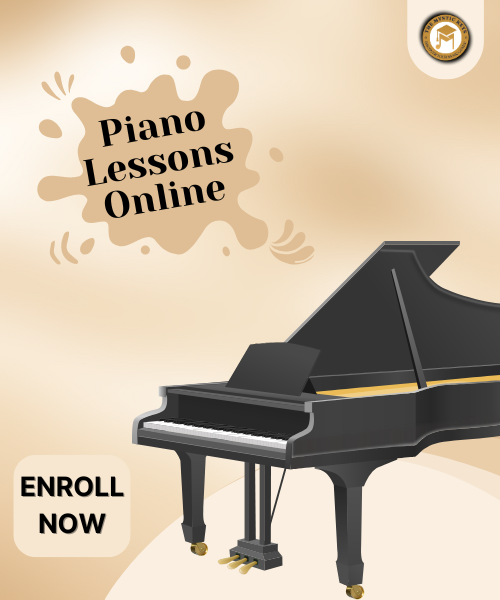Piano Dynamics | How to Master it
If you’ve ever listened to a piano performance that gave you goosebumps or brought a tear to your eye, chances are it wasn’t just the notes being played—it was the dynamics. Piano dynamics are the heart of musical expression. They shape the narrative of your performance, add emotion, and keep your listener engaged from the first note to the last.
In this complete guide, you’ll explore everything there is to know about piano dynamics—what they are, how they function, how to master them, and how to make your playing more expressive and unforgettable.
What Are Piano Dynamics?
At its core, piano dynamics refer to the variation of volume—how loud or soft the notes are played. But they go beyond volume. They involve touch, tone, expression, and musical storytelling. Dynamics are the difference between playing notes and playing music.
The Language of Piano Dynamics
Piano music often uses Italian terms to indicate dynamics. Here are the most common:
pp (pianissimo): Very soft
p (piano): Soft
mp (mezzo-piano): Moderately soft
mf (mezzo-forte): Moderately loud
f (forte): Loud
ff (fortissimo): Very loud
Each of these markings gives the performer an idea of how the passage should sound and feel. But they are also open to interpretation—giving you freedom as an artist.
Gradual Dynamic Changes
In addition to fixed levels, composers often use dynamic shaping:
Crescendo (cresc.): Gradually getting louder
Decrescendo (decresc.) or Diminuendo (dim.): Gradually getting softer
These tools allow for building tension, releasing emotion, and guiding listeners through musical journeys.
Why Piano Dynamics Matter So Much
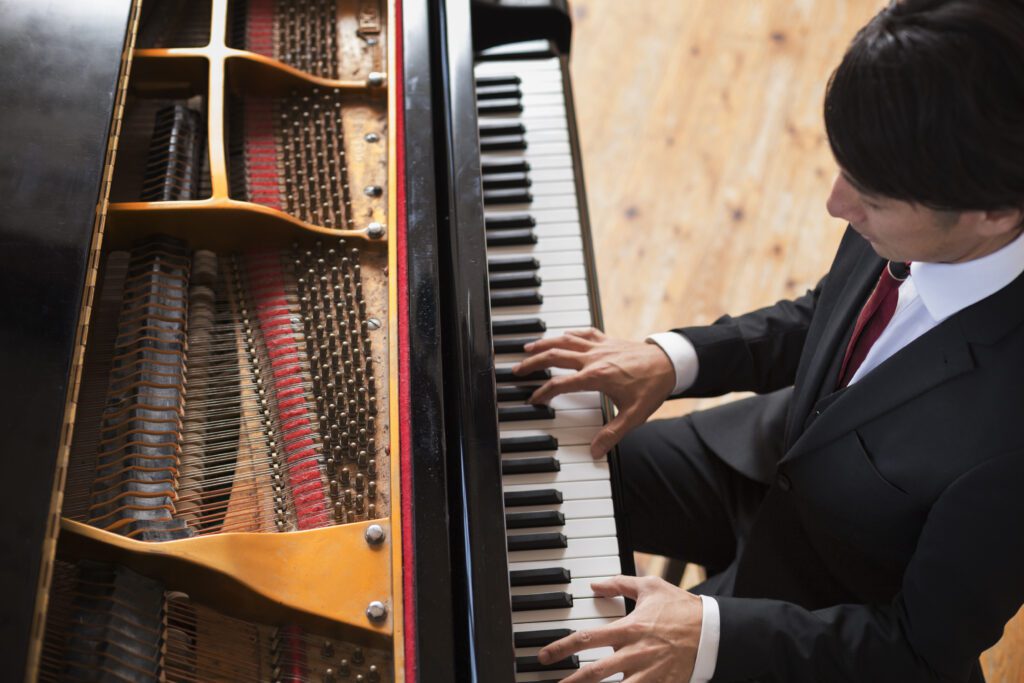
Piano dynamics are more than technical instructions—they’re emotional cues. They tell a story without words. Without them, music feels robotic and lifeless.
Emotional Connection
Try playing the same melody softly, then loudly. The meaning changes dramatically. Soft dynamics can convey calm, sadness, or intimacy. Loud dynamics suggest joy, power, or anger. This expressive range connects your performance with your audience on an emotional level.
Musical Interpretation
Dynamics give you the tools to interpret a piece your way. A performer’s use of dynamics can completely change how a composition is perceived. This is why no two pianists sound exactly the same, even if they’re playing the same piece.
Listening Experience
For the listener, dynamics provide contrast, relief, surprise, and impact. A piece played entirely at one volume becomes tiring and dull. Well-used dynamics maintain the listener’s attention and deepen the emotional experience.
How to Practice Piano Dynamics
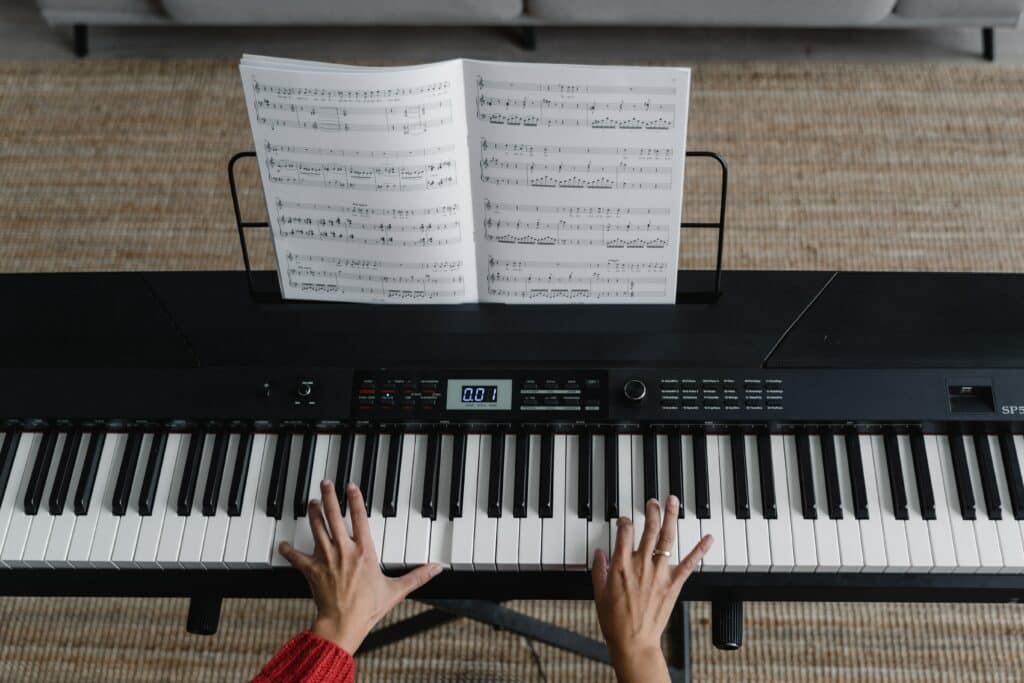
Mastering piano dynamics requires more than reading markings—it’s about developing physical control, musical understanding, and emotional insight. Here’s how to build that skill step by step.
1. Isolate and Observe
Start by selecting a short piece or passage. Mark every dynamic symbol. If the piece has none, experiment with your own dynamics. Practicing this awareness will train your sensitivity and build intention in your playing.
2. Practice Dynamic Scales and Arpeggios
Play a scale starting at pianissimo and gradually build to fortissimo, then reverse. Do the same with arpeggios. Focus on evenness, control, and smooth transitions. This builds control over volume and tone.
3. Experiment with Repetition
Play a short melody multiple times, using different dynamic shapes:
First time: crescendo throughout
Second time: forte to piano (decrescendo)
Third time: sudden dynamic contrasts (forte then subito piano)
Compare the emotional effect of each.
4. Work on Touch and Tone
Dynamics aren’t just about pressing harder. They involve finger speed, weight, and how you transfer energy from arm to finger. Use your whole arm—not just your fingers—to support dynamic control.
Try playing soft passages with clarity and loud passages without harshness. Focus on tone quality, not just volume.
5. Master Hand Independence
Sometimes your left hand must play softly while the right hand plays the melody loudly—or vice versa. This requires deep coordination and ear training. Practice hands separately, then slowly combine.
6. Use the Pedal Strategically
The sustain pedal can help enhance dynamics but can also blur them. Don’t use it to cover up uneven dynamics—use it to support transitions. Practice sections both with and without the pedal to ensure clarity.
Common Mistakes and How to Fix Them
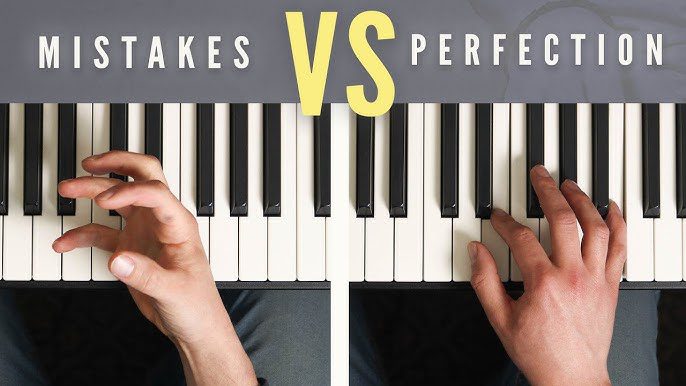
Ignoring Dynamic Markings
Beginners often focus on hitting the right notes but ignore dynamics. The result is correct but emotionless playing. Always include dynamics from the very first practice session—it trains you to feel the music, not just read it.
Flat or Unchanging Volume
Music played at a single volume sounds mechanical. Introduce variation in phrases, transitions, and repeated sections. Make sure each repeat has a different dynamic character.
Overdone Dynamics
Over-exaggerating crescendos and sudden changes can make your performance seem forced. Instead, think of dynamics as breathing—not jarring movements, but organic rises and falls.
Inconsistent Volume Control
Struggling to maintain dynamic levels from note to note? Slow down. Use a metronome. Record yourself. Work on refining touch and finger weight evenly across your hand.
Advanced Piano Dynamics Techniques

Subito Dynamics
These are sudden shifts in volume—like going from pianissimo to forte instantly. They are dramatic and require confident execution. Practice these slowly and listen for precision.
Echo Phrasing
Play a phrase loudly, then repeat it softly—like an echo fading into the distance. This is a beautiful effect often used in Romantic and Impressionist pieces.
Layered Dynamics
When one hand plays a melody and the other an accompaniment, keep the melody louder and the accompaniment softer. This layering creates texture and clarity. It’s challenging but rewarding.
Hidden Crescendos
Advanced players often create crescendos across long phrases that aren’t marked. This technique builds emotional arcs and gives performances a natural feel. It’s especially effective in slow, lyrical pieces.
Applying Dynamics Across Musical Styles
Classical Music
Classical repertoire is rich in dynamic contrast. Baroque music often uses terraced dynamics (sudden shifts), while Romantic music explores deep emotional range. Follow the composer’s markings, but use your ear and heart to guide interpretation.
Jazz and Contemporary
Jazz and pop musicians use dynamics to “shape the groove.” Accents, ghost notes, and varying chord voicings help dynamics create movement. Try improvising a melody at different volumes to feel how the groove changes.
Film and Soundtrack Music
Film music often uses large dynamic ranges to match visual emotion. Mastering crescendos and diminuendos is key. Practice playing themes with dramatic rises and falls in volume to mirror storytelling arcs.
Real-World Exercises for Mastering Piano Dynamics
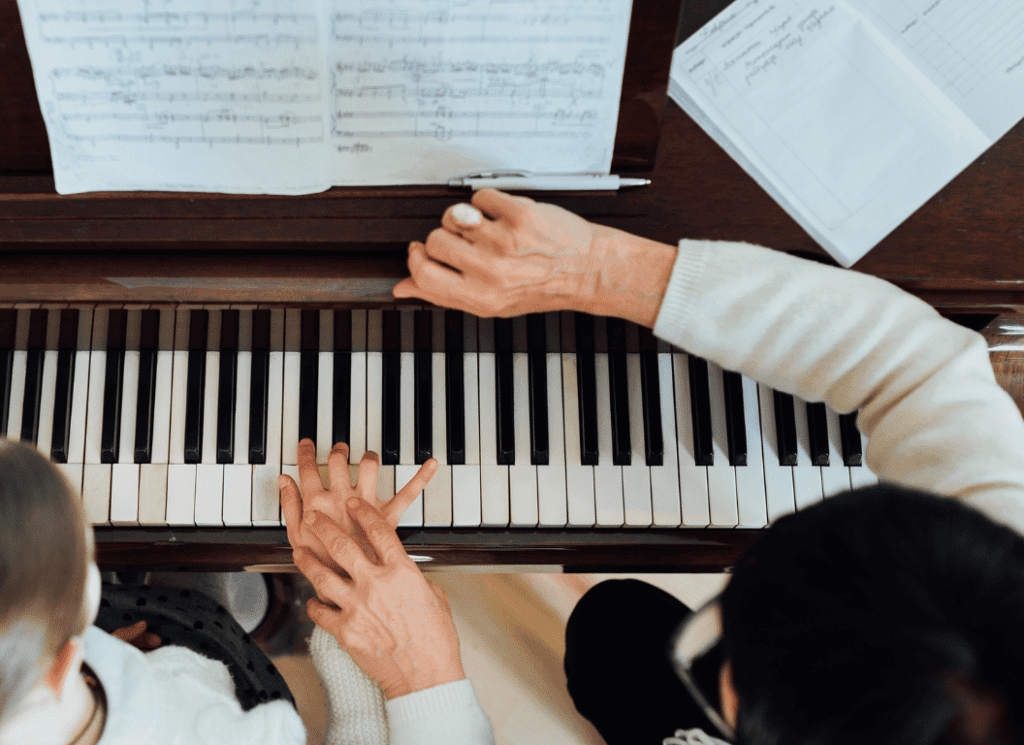
Silent Key Drop – Try playing the keys as softly as possible, so they barely make sound. This builds control.
Dynamic Contrast Drills – Play one note forte and the next pianissimo, alternating back and forth. This improves touch control.
Phrase Swells – Take any four-note phrase and swell the dynamics (p-mp-mf-f) then reverse it. Helps with shaping.
Blindfolded Playing – Play without looking and focus purely on sound and dynamics. Increases auditory awareness.
Copy and Match – Listen to a professional pianist’s recording and try to mimic their dynamics exactly.
Final Thoughts | Mastering the Art of Piano Dynamics
Dynamics are what make music human. They reflect our inner voice—our feelings, stories, and experiences. Whether you’re playing Bach, Chopin, Elton John, or your own composition, mastering piano dynamics is the secret ingredient that transforms your performance into something magical.
Remember:
Practice consciously, not mechanically.
Think emotionally, not just technically.
Listen deeply, both to yourself and to great pianists.
Use dynamics to shape the phrase, not just the volume.
Every note has a voice. Dynamics give it character.
Explore more about the Piano in our Piano Lessons Online. For more information and exciting resources about learning music, visit our website at The Mystic Keys. For more music content and exciting offers follow us on
Facebook, Instagram, YouTube, LinkedIn, Twitter, Pinterest, Reddit, Threads, and Quora
.
Related Blogs
How to Practice Piano Effectively: Make the Most of Your Time
The melody lingers, a whisper from your childhood – a half-remembered piano piece, the echo of music lessons long forgotten. In the quiet corners of your adult life, amidst the demands of work, family, and commitments, a yearning for music stirs.








